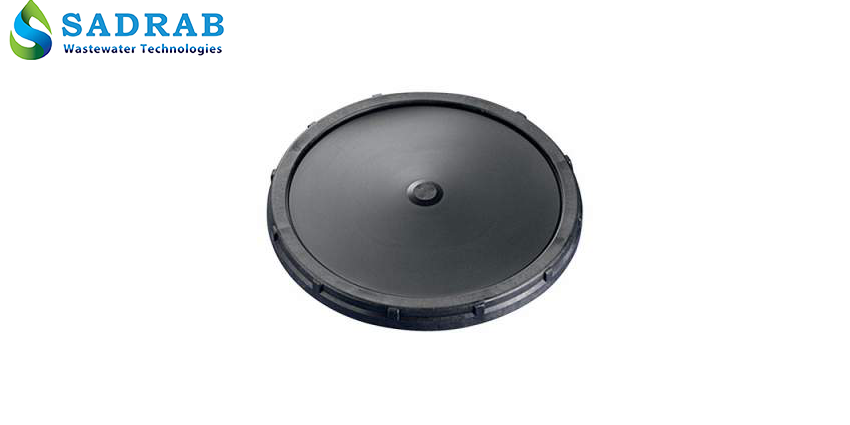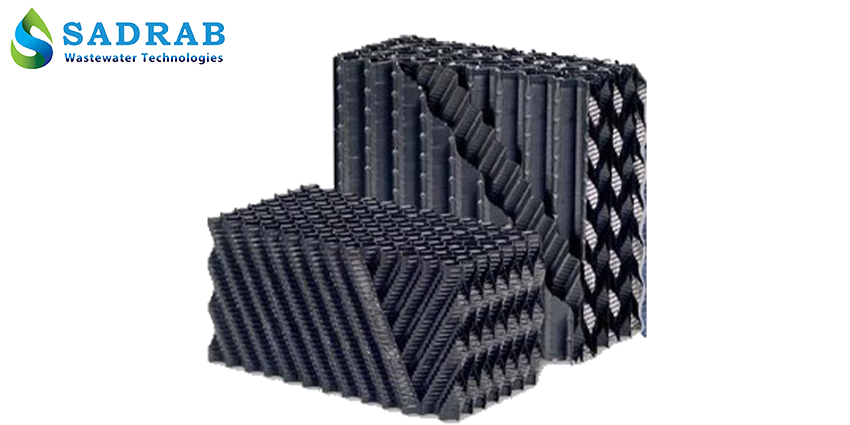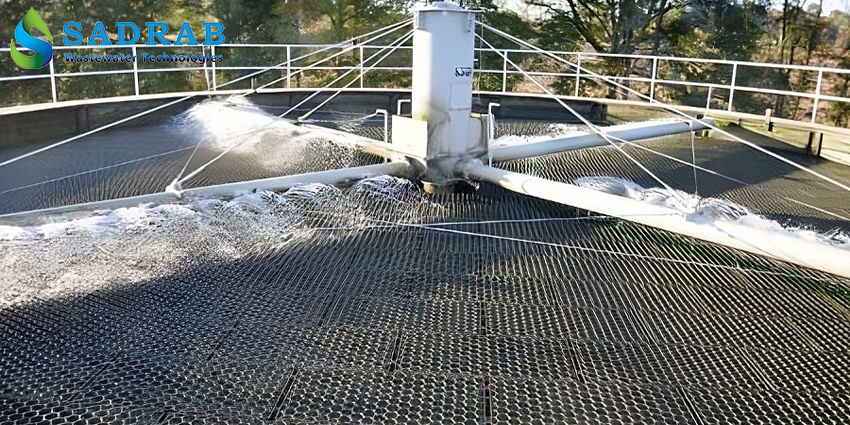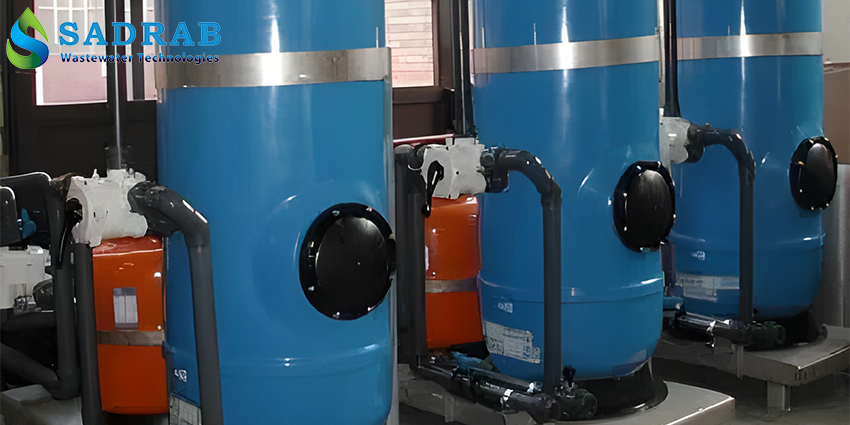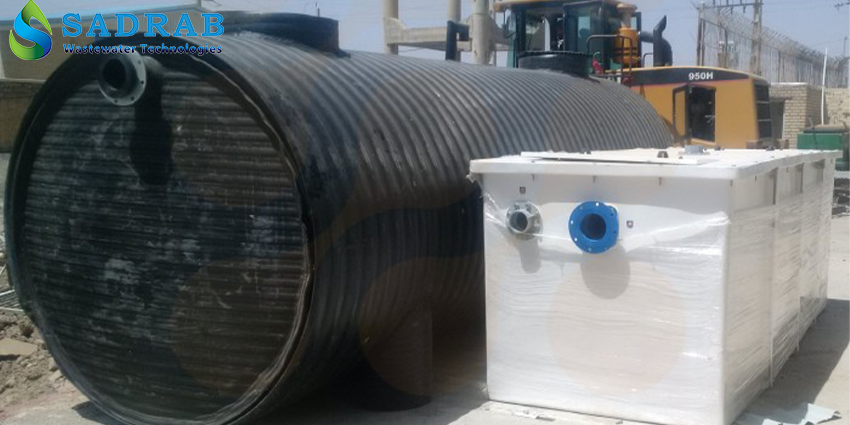Aeration Diffuser
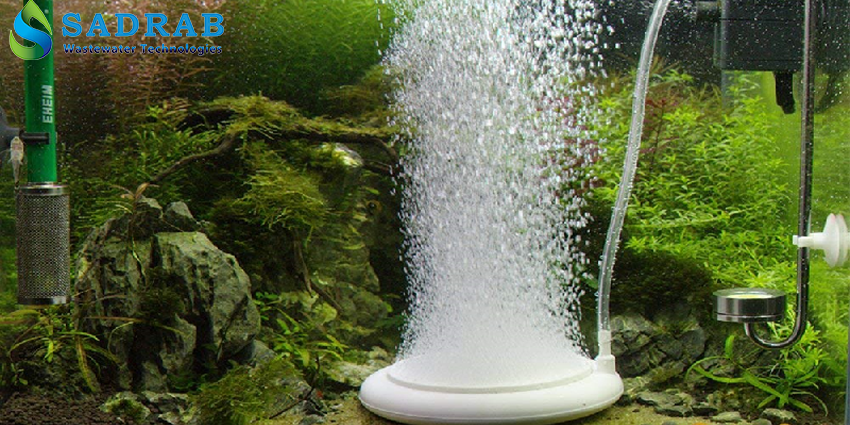
Features of Aeration Diffuser:
- Enhanced oxygen transfer for improved biological treatment.
- Reduced energy consumption through optimized design.
- High durability and resistance to chemicals.
- Wide application in treatment plants and various industries.
- Multiple options including fine and coarse bubble diffusers.

Professional support and consulting services

Customized solutions for clients

Quality and performance guarantee of products

Expertise in wastewater treatment technologies
Additional Information
All About Aeration Diffusers | A Complete Guide
In the water and wastewater treatment industry, uniform and effective oxygen supply is one of the most critical steps for maintaining process quality and maximizing system efficiency. The aeration diffuser plays a key role in this process by ensuring efficient oxygen transfer into the water.
What is an Aeration Diffuser?
An aeration diffuser is a device used to transfer air (or oxygen) into liquids, particularly water. It is commonly installed in wastewater treatment systems to aerate activated sludge or enhance dissolved oxygen levels in water.
The diffuser works by releasing air through fine holes or slits, creating tiny bubbles that disperse throughout the water. The smaller the bubbles, the greater their surface area in contact with water, resulting in more efficient oxygen transfer.
Types of Aeration Diffusers
Diffusers come in various types, each selected based on the application and project requirements. The most common types include:
1.Disk Diffuser
This type of diffuser is designed in a disc shape and typically uses EPDM or silicone membranes. Disc diffusers are among the best-selling types and perform effectively in both municipal and industrial wastewater treatment.
2.Tube Diffuser
Tube diffusers are designed in a cylindrical shape and offer a larger contact surface compared to disc diffusers. They are commonly used in treatment plants with greater depth.
3. Panel Diffuser
This type of diffuser is less common but is used in projects that require wide and uniform air distribution.
Advantages of Using Aeration Diffusers
Using diffusers in aeration systems offers several benefits due to their unique features:
1.Improved Oxygen Transfer Efficiency
Aeration diffusers generate fine bubbles that enable more effective gas exchange between air and water, offering significantly higher efficiency compared to traditional methods.

Energy Savings
By increasing oxygen transfer efficiency, the amount of air required to reach a specific oxygen level is reduced, resulting in lower energy consumption.Easy Installation and Maintenance
Most diffusers are designed for quick and simple installation. In case of repair or replacement, only the membrane needs to be replaced.Long Service Life
By choosing high-quality brands such as those offered by SadrAb, users can rely on the durability and consistent performance of the equipment.Versatile Applications
From municipal and industrial wastewater treatment to aquaculture and irrigation ponds, diffusers are used in a wide range of applications.
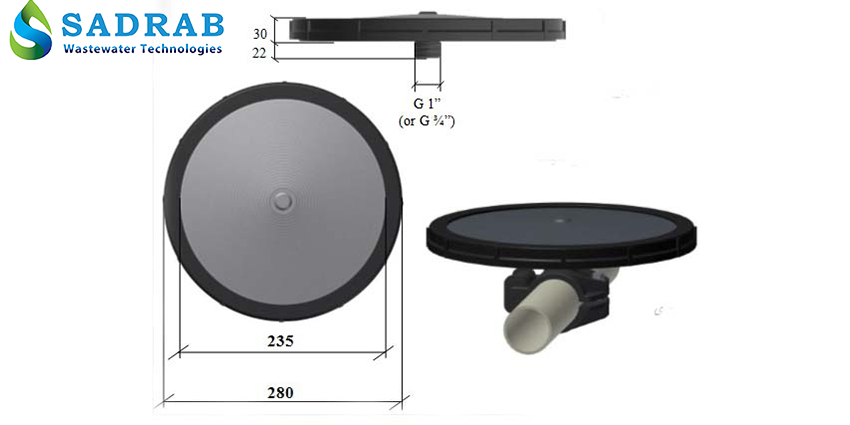
Disadvantages of Aeration Diffusers
Despite their numerous benefits, aeration diffusers have certain limitations that should be understood for proper system selection and design:
Need for Proper Air Pressure
If the incoming air pressure is lower than required, bubble distribution will not occur effectively, leading to reduced system performance.Clogging of Membrane Pores
Over time, the membrane’s tiny pores can become clogged due to sediment buildup or fine particles, necessitating cleaning or membrane replacement.Performance Dependent on System Design
If the diffuser layout and positioning are not properly designed, the overall efficiency of the aeration system can be compromised.Higher Initial Cost in Some Projects
Compared to basic aeration methods, diffusers may involve a higher initial investment. However, this is often offset by long-term energy savings and operational efficiency.
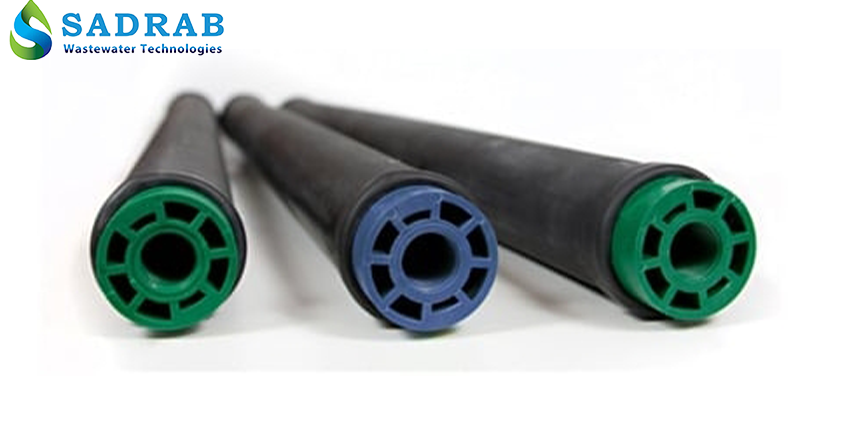
Applications of Aeration Diffusers
Municipal wastewater treatment plants
Industrial wastewater treatment
Fish farming and aquaculture systems
Agricultural stabilization and aeration ponds
Research and laboratory centers in the water sector
Why Choose SadrAb Diffusers?
Precision-engineered design for maximum efficiency
Durable membranes resistant to corrosion and chemicals
Easy replacement of parts
Professional consulting, installation, and technical support
Competitive pricing with guaranteed quality
By choosing SadrAb diffusers, you optimize system performance while reducing energy and maintenance costs.
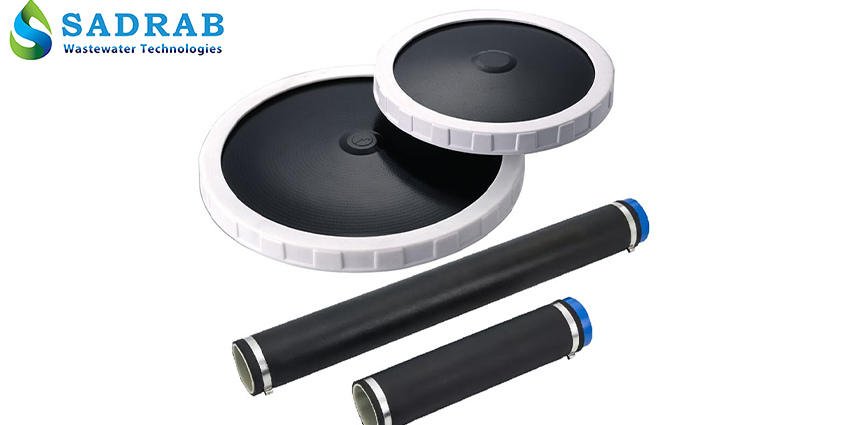
Conclusion
Aeration diffusers are essential components in aeration systems, effectively transferring oxygen into water. Selecting the right diffuser type and manufacturer has a direct impact on treatment quality and overall system efficiency.
Sadrab Company, with its high-quality products and professional services, is ready to meet your diverse needs in this field.
If you are looking for free consultation, a catalog request, or to purchase aeration diffusers with guaranteed quality — contact us. The Sadrab expert team is here to assist you.
Contact Us
To explore our other products and services, visit our website: www.sadrab.com
FAQ
The choice of diffuser type (disc, tube, or panel) depends on factors such as basin depth, air flow rate, type of wastewater or water, and the purpose of aeration. Sadrab’s experts are ready to evaluate your project specifications and recommend the best option.
With proper use and maintenance, diffusers typically last between 3 to 5 years. If you notice a significant drop in aeration performance or severe clogging of the membrane pores, it’s time for replacement.
Yes, the diffuser should be inspected periodically to prevent clogging of the holes or deterioration of the membrane. Using an air filter and maintaining proper pressure can help extend its lifespan.
By using durable materials such as polypropylene and following regular maintenance, these packings can perform effectively for over 10 years under industrial conditions.
Disc diffusers are suitable for shallow to medium-depth tanks and are easier to install, while tubular diffusers offer a larger diffusion area and are recommended for environments with higher volumes or greater depths.


